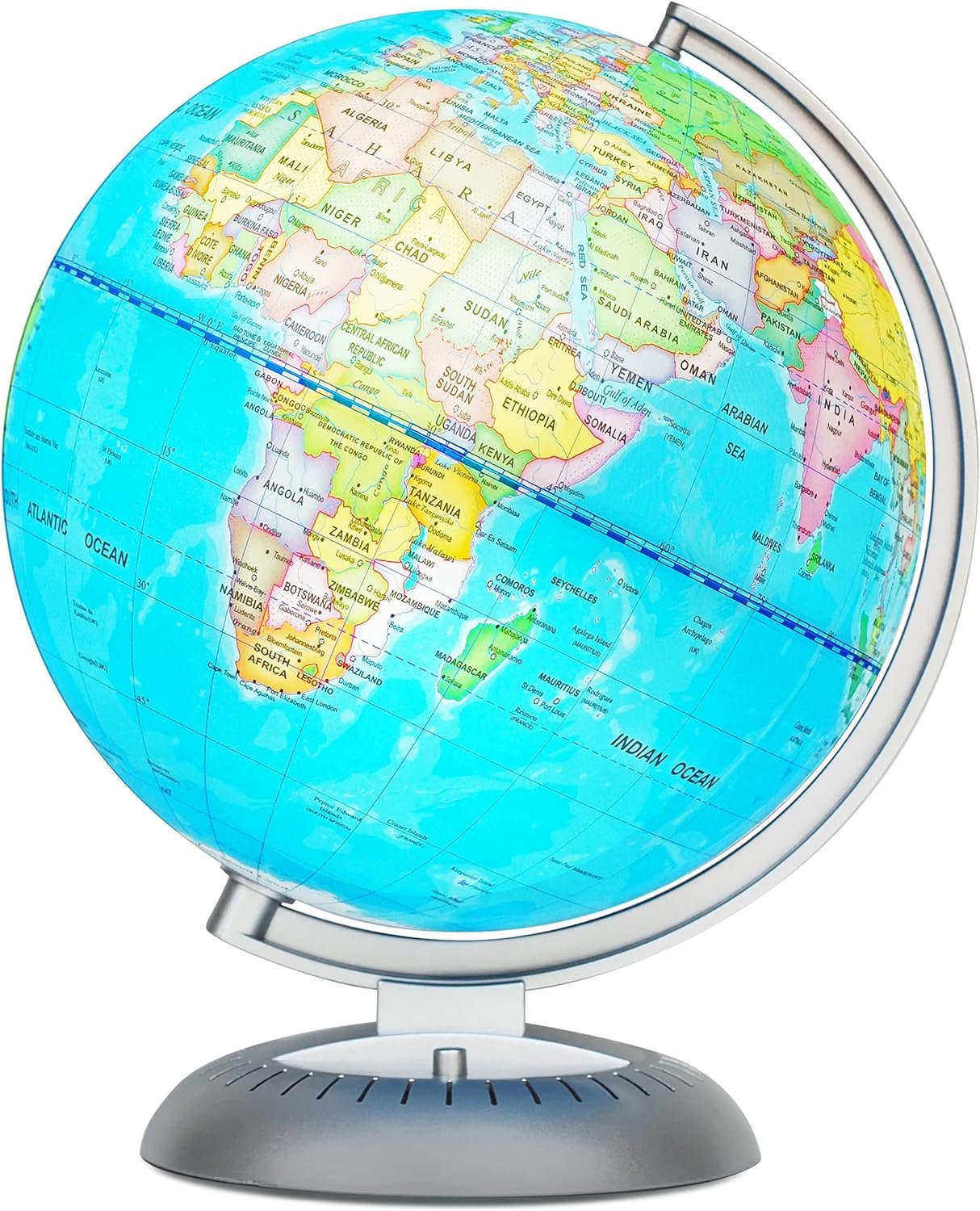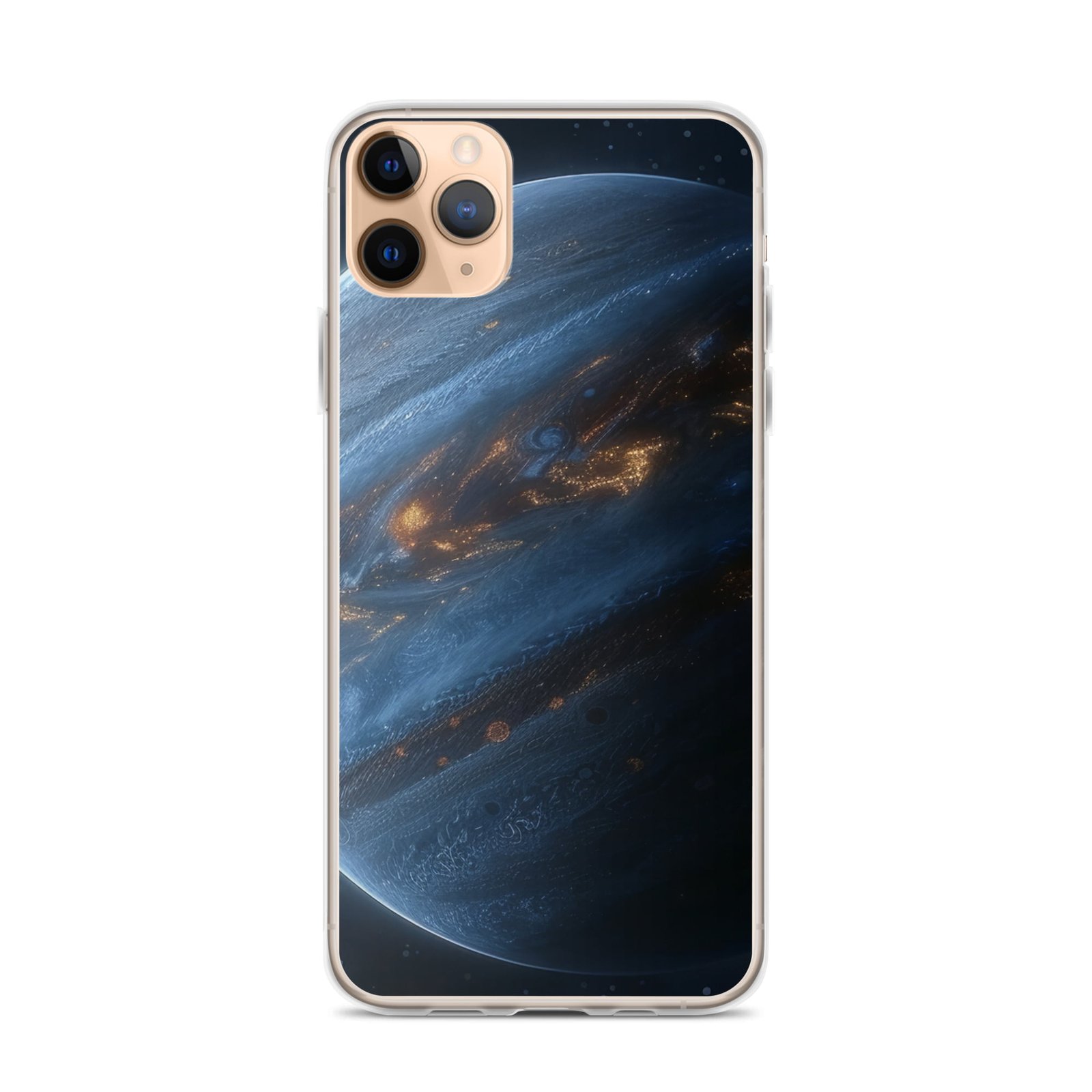The universe’s vastness raises questions like “What’s Outside the Universe?”, exploring theories of infinity, multiverse, and consciousness.
Key Takeaways 📝
- Curiosity Beyond Stars: The article explores the timeless question of “What’s outside the universe?” and how this inquiry has evolved from ancient philosophy to modern science.
- Cosmic Horizon Limitations: The observable universe is limited to about 13.8 billion years due to the speed of light, suggesting that there may be infinite galaxies beyond our reach.
- Challenging Conventional Views: It introduces the multiverse theory, proposing that our universe might be just one of many, each with different physical laws and realities.
- Philosophical Insights: The article examines how concepts of infinity and consciousness challenge our understanding of existence and what it means for something to be “outside” the universe.
- Speculative Yet Intriguing: Ultimately, the piece emphasizes that while scientific theories provide fascinating insights, the question of what lies beyond remains speculative and complex.
The universe is a vast, mysterious expanse that has intrigued humans for centuries. From ancient philosophers to modern scientists, the question of what lies beyond the universe has sparked curiosity and debate. In this blog post, we’ll delve into the scientific theories, cosmological models, and philosophical perspectives that attempt to answer the age-old question: What’s outside the universe?

Introduction to what’s outside the universe?
Have you ever gazed up at the night sky and wondered what’s beyond those twinkling stars? It’s a question that has fascinated humanity for millennia. As we explore the cosmos, we uncover more about the universe’s vastness, yet the question remains: What’s outside the universe? Let’s embark on a journey through scientific theories, cosmological models, and philosophical musings to explore this enigmatic topic.
The Nature of the Universe
Infinite or Finite Universe
The universe is often described as infinite, stretching endlessly in all directions. This concept suggests that there is no boundary or limit to the universe as we perceive it. However, some cosmologists propose that the universe might be extremely large but finite, potentially curving back on itself in a higher-dimensional shape like a sphere or torus. Despite these possibilities, the universe is mathematically self-consistent without requiring an outside.
Observable Universe
The observable universe is limited by the speed of light, meaning we can only see as far as light has traveled since the Big Bang, approximately 13.8 billion years ago. This creates a “cosmic horizon,” beyond which we cannot observe. However, it is believed that there are more galaxies beyond this horizon, possibly an infinite number.
Flat Universe
Recent observations suggest that the universe is flat, like an endless sheet of paper, which aligns with both theoretical and observational cosmology. In a flat universe, there is no edge to encounter; instead, one would find more galaxies as they travel further.
Scientific Theories About the Edge of the Universe

The Expanding Universe
One of the most significant discoveries in cosmology is that the universe is expanding. This means that galaxies are moving away from each other, and the universe is getting larger over time. This expansion suggests that the universe doesn’t have a fixed edge but is continuously growing.
Cosmic Inflation
Cosmic inflation is a theory that proposes a rapid expansion of the universe immediately after the Big Bang. This expansion was so fast that it smoothed out any irregularities, leading to the uniform universe we observe today. Inflation theory helps explain why the universe appears flat and homogeneous on large scales.
The Big Bang Theory
The Big Bang Theory is the prevailing cosmological model that describes the universe’s origin. According to this theory, the universe began as a singularity, a point of infinite density and temperature, and has been expanding ever since. The Big Bang marks the beginning of time and space as we know it, raising questions about what, if anything, existed before it.
Cosmological Models Beyond the Universe
Multiverse Theory
The multiverse theory posits that our universe might be one of many within a larger multiverse. This suggests that there could be other universes with different physical laws and properties. Each universe in the multiverse could be a separate “bubble,” existing independently from the others.
Bubble Universes
Bubble universes are a concept within the multiverse theory, where each universe is like a bubble in a vast cosmic foam. These bubbles can collide or interact, potentially creating observable effects in our universe. However, the existence of bubble universes remains speculative and unproven.
Parallel Universes
Parallel universes, also known as alternate realities, are another aspect of the multiverse theory. These universes might exist alongside ours, with different versions of events and outcomes. The idea of parallel universes is popular in science fiction but remains a topic of theoretical exploration in physics.
Philosophical Perspectives on What Lies Outside the Universe
The Concept of Infinity
Philosophically, the universe encompasses all of space and time, including all forms of energy and matter. Therefore, by definition, there cannot be anything outside the universe. The concept of infinity challenges our understanding of boundaries and limits, suggesting that the universe might be boundless.
The Nature of Reality
Philosophers have long debated the nature of reality and whether the universe is all there is. Some propose that reality might be a construct of consciousness, with the universe existing as a projection of our minds. This perspective raises questions about the nature of existence and what lies beyond our perception.
The Role of Consciousness
Consciousness plays a crucial role in how we perceive the universe. Some philosophical theories suggest that consciousness might be fundamental to the universe’s existence, with reality emerging from our awareness. This idea challenges traditional notions of an objective universe and opens up possibilities for what might lie beyond.
The Concept of “Outside” the Universe

Spatial Boundaries
While the universe may not have a spatial edge, it does have a temporal edge. The universe began with the Big Bang approximately 13.8 billion years ago, marking the edge in time. This temporal boundary limits how far back we can observe.
Temporal Boundaries
The concept of time is integral to our understanding of the universe. Time began with the Big Bang, and the universe has been evolving ever since. The idea of a temporal boundary challenges our perception of time as infinite and raises questions about what, if anything, existed before the universe.
The Edge in Time
The edge in time refers to the beginning of the universe with the Big Bang. This event marks the start of time and space as we know it, creating a boundary beyond which we cannot observe. The edge in time is a fundamental aspect of cosmology, shaping our understanding of the universe’s history and future.
Conclusion to what’s outside the universe?
The question of what lies outside the universe remains largely speculative. Current scientific understanding suggests that the universe is either infinite or extremely large, with no definitive edge. The observable universe is limited by the speed of light, creating a cosmic horizon beyond which we cannot see. Theories like the multiverse offer intriguing possibilities, but they remain unproven. Ultimately, the universe, as we know it, is a vast and complex entity that continues to challenge our understanding of space, time, and existence.
FAQs
Is there an edge to the universe?
The universe is either infinite or extremely large, with no definitive edge. The observable universe is limited by the speed of light, creating a cosmic horizon beyond which we cannot see.
What is the multiverse theory?
The multiverse theory posits that our universe might be one of many within a larger multiverse, suggesting that there could be other universes with different physical laws and properties.
Can we observe other universes?
Currently, there is no direct evidence for the existence of other universes, and they remain a topic of theoretical exploration in physics.
What is the Big Bang Theory?
The Big Bang Theory is the prevailing cosmological model that describes the universe’s origin, proposing that the universe began as a singularity and has been expanding ever since.
How does consciousness relate to the universe?
Some philosophical theories suggest that consciousness might be fundamental to the universe’s existence, with reality emerging from our awareness. This idea challenges traditional notions of an objective universe.
























